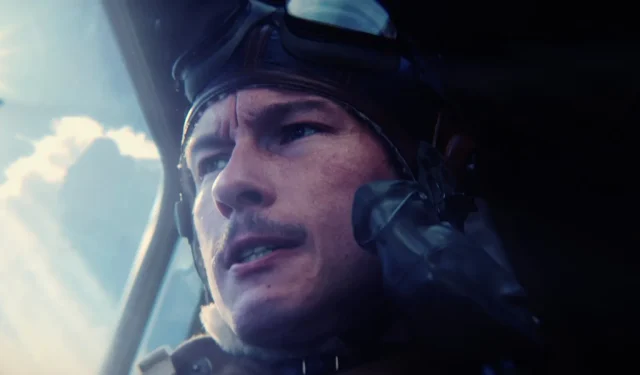Masters of the Air is based on the true story of the “Bloody Hundredth” in World War II – but how accurate is the series?
Band of Brothers remains one of the most significant TV shows of the post-millennium slate. Following The Sopranos, it showed what television could be capable of: telling extraordinary, resonant stories with heavyweight talent like Tom Hanks and Steven Spielberg, and spending money where it mattered.
Its glimmering success paved the way for The Pacific, switching the wartime POV to Marines in the wake of Pearl Harbor. It was similarly praised, with critics and historians highlighting its unforgiving, brutal authenticity in recounting the experiences of men in the Pacific theater.
Masters of the Air has just begun on Apple TV+, pivoting to the pilots who bravely took to the skies en masse – and many never made it home. The series is another landmark achievement in small-screen storytelling, but is it entirely accurate?
Is Masters of the Air based on a true story?
Yes, Masters of the Air is based on the true story of the 8th Air Force’s 100th Bomb Group, nicknamed the “Bloody Hundredth” on account of their immense losses.
In more exact figures, the 100th flew 8,630 missions over 22 months between June 25, 1943, and April 10, 1945. In that time, 757 men were either killed or went missing in action, with more than 900 men becoming prisoners of war and the group losing 177 aircraft.
“By the end of the war, the Eighth Air Force would have more fatal casualties – 26,000 – than the entire US Marine Corps. 77% percent of the Americans who flew against the Reich before D-Day would wind up as casualties,” Miller wrote.
How accurate is Masters of the Air?
The simple answer: very. While some have criticised Masters of the Air for its contrasting of American and British “philosophies” , each episode is thoroughly considered and researched – and it’s been praised by the Donald L. Miller, who also served as a historical adviser.
“[Tom] Hanks’s mantra to us was don’t make up anything. No bullsh*t. Tell the f**king story. Just as it happened. There’s enough real stuff that you don’t have to exaggerate. We were interested in the psychological and emotional price paid by these young guys, most of them under the age of 24. That’s what drew us into this thing. How the hell did some of them get through it.
“We wanted to catch the mood of Das Boot. Not over the top Hollywood stuff, but war just as it is. Hanks kept making the point: I want a movie where men are just doing their jobs.”
Miller also told USA Today: “The big difference between making this and The Pacific is that back then, a lot of those vets were still alive and the actors could call them, or we’d have them on set, and they’d tell us what really happened. With this, I was practically the only one who had known or interviewed many of these real vets. So the actors would come to me, and I’d help best I could.”
Below, we’ve highlighted some specific moments (and accusations of inauthenticity) from the show so far, and we’ll update this article as the weeks go on – it may all come from history, but we don’t want to spoil anything.
Buck and Bucky’s names
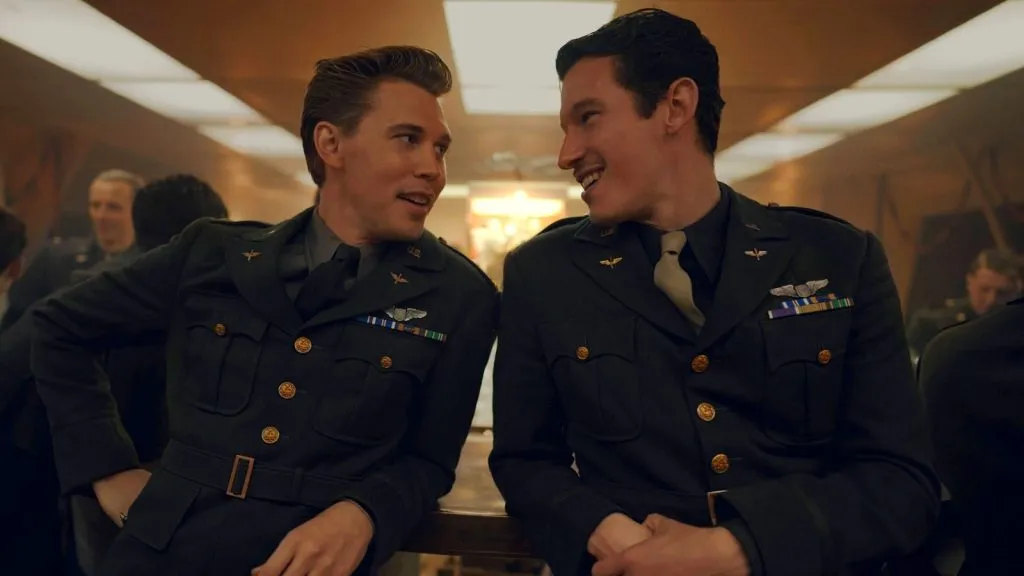
The story of how Gale Cleven (Austin Butler) and John Egan (Callum Turner) met and became known as Buck and Bucky is completely accurate.
As per the 100th Bomb Group Foundation, both men met at flying school. “Egan gave Cleven his nickname ‘Buck’… seems that Major Egan had a friend in Wisconsin that was named Buck who looked exactly like him,” the veteran’s page reads.
“Every time Egan introduced Cleven to people, he said, ‘Here is my friend Buck Cleven.’ Cleven said that even though he did not like it, the nickname stuck and from that point on, he was Buck.”
The 100th’s first mission
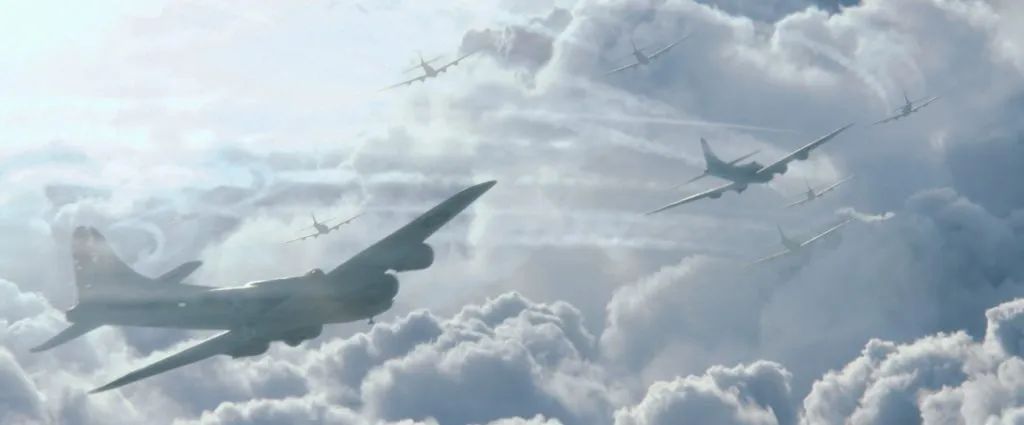
Just like in Episode 1, the 100th kicked off its WW2 campaign with a mission to Bremen on June 25, 1943, with 17 B-17s leaving Thorpe Abbotts in the UK. Each was crewed by two pilots, a bombardier, navigator, radio operator, and five gunners. The aim was to bomb Bremen’s U-boat pens.
Buck Cleven flew one of those B-17s and managed to make it home – but three aircraft were downed in the mission, killing 30 men. These would be the first of hundreds of deaths among the group.
Americans vs the British
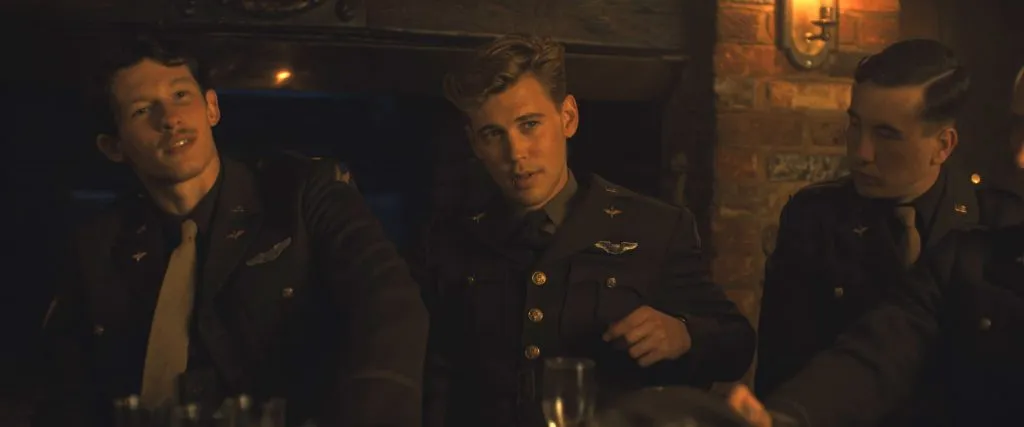
In Episode 2, Buck, Bucky, and co. seem to rub members of the British RAF the wrong way when they’re in the pub, particularly when it comes to daytime bombing vs nighttime operations. While Miller has said there were “great relationships” between the two sides’ forces, antagonism occasionally reared its head.
“It was mostly over the fact that the Brits thought American flyboys were pampered. The Americans were much better paid, they wore snappy uniforms, seemed a little more dashing and in the competition for women they seemed to have the advantage. Money in the pockets, Sinatra records, the latest popular culture, foreign accents, these dashing Americans, the exoticism of it,” Miller told USA Today.
The Telegraph took a more negative view of its portrayal of the British, believing the series to minimize the UK’s role before the US touched down. In 1943, “the RAF dropped 157,457 tons of bombs on the enemy. The ‘Mighty Eighth’ only managed less than one 15th of that total – 10,655 tons,” the outlet wrote.
“The implication was that their methods were cleaner – both militarily and morally – than the nocturnal blunderings of the RAF. As it turned out the Bomber Command types in the pub were right and the Americans were wrong. Their losses in the late summer of 1943 forced a rethink and for a while they considered switching to night bombing themselves. In the end the situation was saved by the arrival of long range Mustang fighters which could escort bomber fleets to the target in daylight.”
The 100th’s injuries in the air
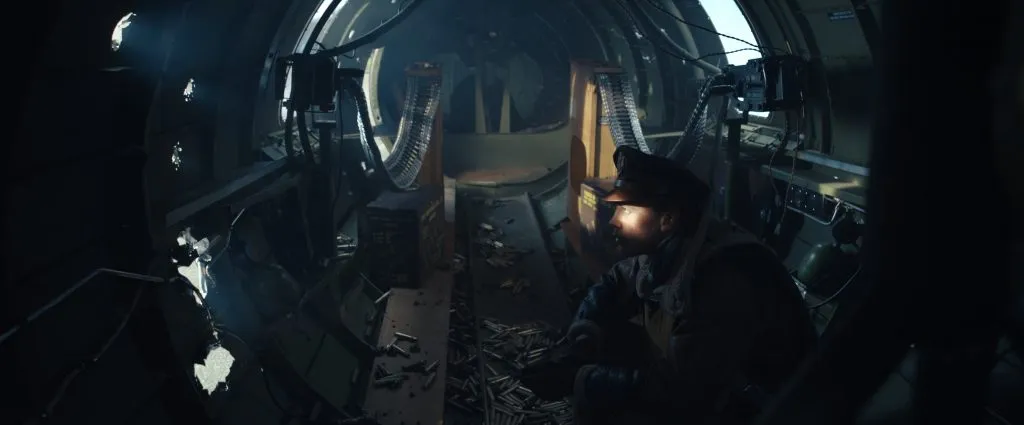
While Masters of the Air is often graphic in its portrayal of war wounds and other injuries, these scenes are not gratuitous – they are incredibly realistic.
For example, one man removes his gloves to unjam a gun, only to de-palm his hand. Bear in mind they’re flying in sub-zero temperatures at 25,000ft – the metal would be cold, to say the least. As well as the likelihood of bullets tearing men to pieces, there was also the threat of oxygen loss and being hit by debris in the event they were forced to bail.
“Every position in the plane was vulnerable; there were no foxholes in the sky,” Miller wrote in his book, also explaining in an interview: “I don’t think you’ll find combat anywhere in history as intense as these air fights. You’re in an aluminum tube so thin a guy with a screwdriver could punch a hole in it. German (fighter pilots) would aim for the pilot and co-pilot, and a lot of pilots were beheaded by gunfire.”
“The noise is horrific, there are no seats, there are things flying all over the place. And it stunk already of cigarette smoke and cordite and the smell of human blood,” he added.
Masters of the Air Episodes 1-3 are streaming on Apple TV+, which you can sign up for here.
